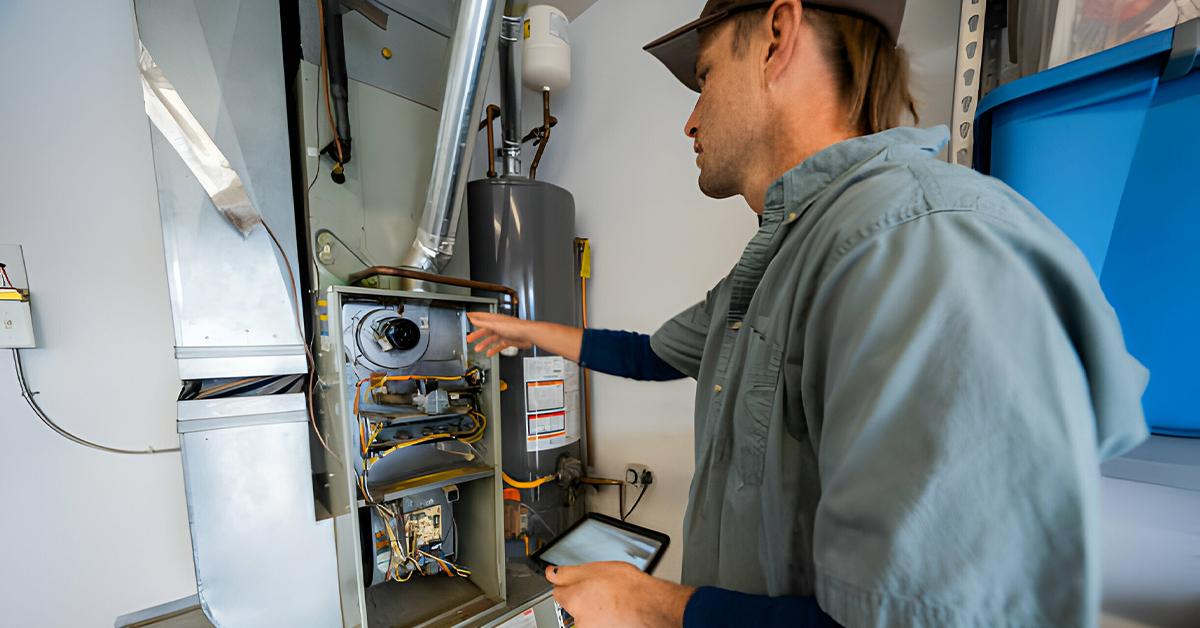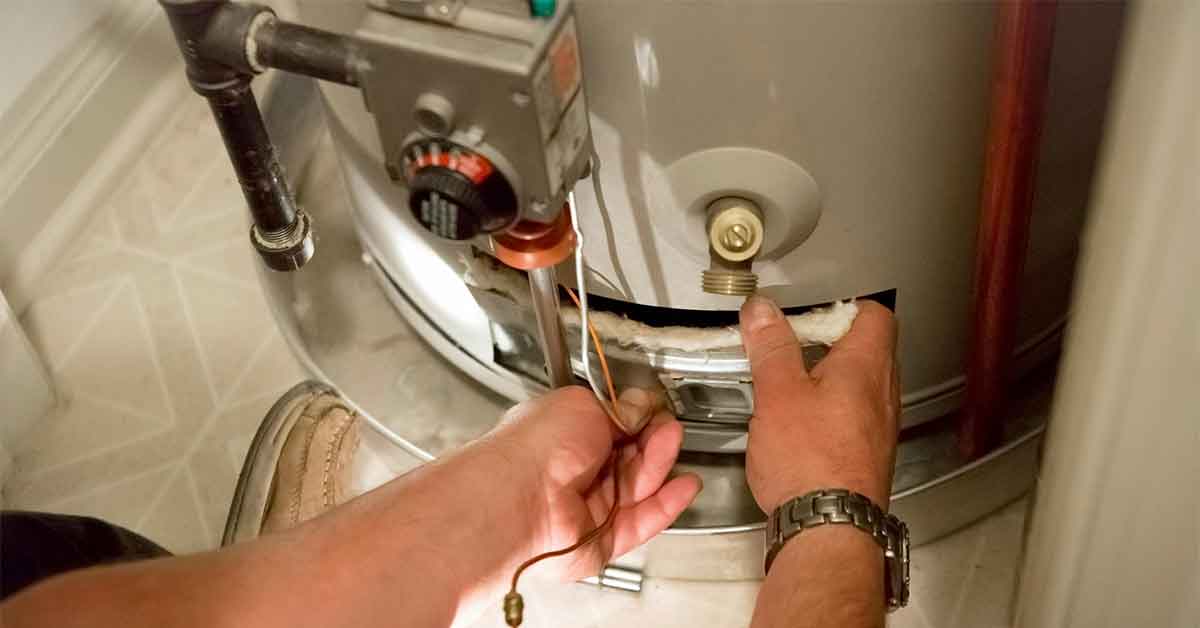Blog


From Flame to Warmth: The Essential Journey of Heat in Your Furnace
As winter wraps its icy fingers around our homes, the importance of a reliable and efficient heating system becomes ever more apparent. Central to this system in many homes is the furnace, a marvel of modern engineering that transforms raw fuel into comforting warmth. In this comprehensive guide, we’ll explore the intricate journey of heat from the moment it’s generated in your furnace to when it spreads throughout your home, ensuring a cozy and inviting atmosphere. Understanding this journey not only enriches your knowledge but also equips you with the tools to optimize and maintain your heating system effectively.
The Role of Your Furnace in Home Heating
At the heart of your home’s warmth during those chilly months is the furnace. It’s a primary source of heat, working tirelessly to maintain a comfortable temperature. The furnace’s efficiency and reliability directly impact not just your comfort but also your energy bills and the overall health of your home environment.
Understanding the Basics: How a Furnace Works
To truly appreciate the furnace’s role, it’s crucial to understand its basic operation. In essence, a furnace takes in cold air, heats it, and redistributes the warmed air throughout your home. This process involves several key components working in harmony.
The Furnace Components: An In-Depth Look
- The Thermostat: Your Comfort’s Command Center
The journey of heat begins with your thermostat. This device detects the temperature in your home and signals the furnace to start heating when necessary. Programmable thermostats offer the advantage of setting different temperatures for different times of the day, enhancing both comfort and efficiency.
- The Ignition System: Sparking the Flame
Modern furnaces typically use electronic ignition systems, which are more reliable and safer than the traditional pilot light. This system ignites the burner when the thermostat calls for heat.
- The Burner: The Heat Generator
Upon ignition, the burner engages, creating a controlled flame that provides the source of heat. The type of fuel used (usually gas, oil, or electricity) affects the efficiency, operational cost, and maintenance needs of the furnace.
- The Heat Exchanger: The Unsung Hero
Arguably the most critical component, the heat exchanger allows heat transfer without mixing combustion gasses with the household air. It absorbs the heat from the flame and heats the air circulating through the furnace.
- The Blower Motor: Circulating Warmth
Once the air is heated, the blower motor propels it through the air ducts. This motor’s efficiency is key to the overall efficiency of your heating system.
- Air Ducts: The Pathways of Warmth
Heated air travels through the ductwork, emerging through vents in various rooms. Properly designed and maintained ducts are crucial for efficient heat distribution.
The Fuel: Source of the Furnace’s Power
The type of fuel your furnace uses can significantly impact its efficiency and operational costs. While natural gas is the most common, some regions rely on oil or electricity. The choice often depends on local availability and cost.
AFUE Ratings: Measuring Furnace Efficiency
Efficiency in furnaces is measured by the Annual Fuel Utilization Efficiency (AFUE) rating. This percentage indicates how much fuel is converted into heat. A higher AFUE rating means greater efficiency and lower fuel costs.
Routine Maintenance: Ensuring Efficiency and Safety
A well-maintained furnace not only performs better but also lasts longer. Regular maintenance tasks include cleaning or replacing air filters, inspecting the ignition system, and ensuring vents are not obstructed.
Common Furnace Problems and Solutions
Despite the best maintenance service, furnaces can encounter problems. Common issues include malfunctioning thermostats, clogged filters, and mechanical wear and tear. Learning to recognize these signs can help in early troubleshooting and avoid costly repairs.
Eco-Friendly Considerations: Reducing Your Carbon Footprint
With growing environmental consciousness, considering the ecological impact of your furnace is crucial. Opting for high-efficiency models and regular maintenance can reduce your carbon footprint.
Upgrading Your Furnace: Factors to Consider
There comes a time when upgrading your furnace becomes a necessity. This decision should factor in the age of your existing furnace, advancements in technology, and your home’s heating needs.
Conclusion
The journey of heat through your furnace is a complex and fascinating process that plays a vital role in ensuring your home’s comfort. Understanding the mechanics behind your furnace not only provides insights into efficient operation and maintenance but also helps in making informed decisions about upgrades and energy use. As you enjoy the warm embrace of your heated home, remember that a well-informed homeowner is a key to maximizing comfort, safety, and efficiency. Stay warm and knowledgeable!




